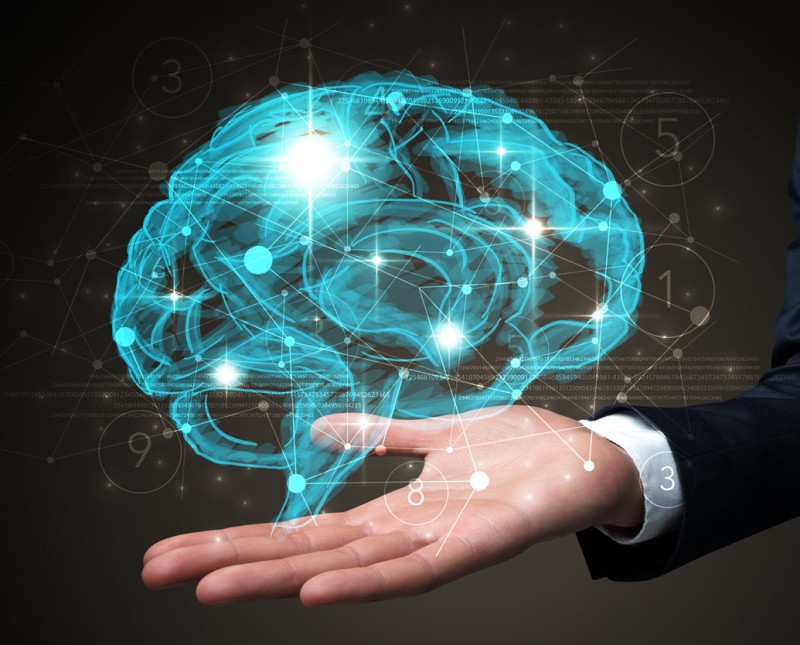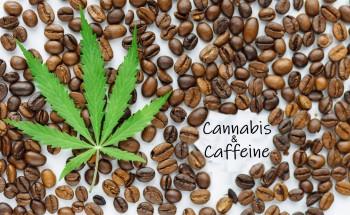
Brand New Study Shows How Psychedelics Light Up Neuropathways In The Brain - More Fascinating Insight Into How Psychedelics Work
Psychedelics are all the rage right now.
And for good reason: these trippy substances have so much more therapeutic value than we thought. Drugs that were once used for recreation have been proven to have physical and mental benefits, treating several ailments that even pharmaceutical drugs have failed to despite being around for several decades.
Plus, psychedelics don’t have the same side effects that pharmaceuticals do. They work miraculously in the human brain for anxiety, post-traumatic stress disorder, addiction, obsessive-compulsive disorder, depression, and so much more. But how exactly it does that – we’re only starting to find out.
Psilocybin (magic mushrooms) and LSD are among the most popular psychedelic treatments available today. Others also include MDMA, ayahuasca, and ketamine. However, it’s psilocybin that has been capturing the attention of scientists and medical experts; it’s already being tested in several Phase II clinical trials because of its amazing therapeutic qualities that have the potential to be translated into pharmaceutical drugs.
There have been several studies explaining how psychedelics work in the brain. Some of the most popular studies explaining how psychedelics works states that psychedelics have the ability to reset neurotransmitters in the brain, which thus cause a person to develop new life perspectives and opinions. It also forges new pathways in the brain, making it easier for people to create new habits and kick old ones out.
One of the latest studies shares new insight. This study, entitled: The Neural Basis of Psychedelic Action, was led by Alex Kwan, Ph.D., an associate professor at the Meinig School of Biomedical Engineering in the College of Engineering. Kwan and his team used optical microscopy, optogenic manipulations, and viral tracing, with the intention of understanding how the brain’s neurons respond to psychoactive compounds. These tools were used to zone in on the brain of a live mouse, specifically its cortical and the subcortical regions. Having a better idea of how the brain works under the influence of psychedelics can be helpful for developing antidepressants as well as other treatments for managing cluster headaches and substance abuse disorders.
“We know more about the pharmacology, how psychedelics work at the structural level, interacting with the brain receptors. But there has been a big void in terms of understanding what they do to the brain itself, at the neural circuit level,” explained Kwan. “There’s a chain of events that happen that ultimately lead to acute and longer-lasting behavioral changes that might be useful for treatment. But in between a lot of that is a black box,” he adds.
Kwan has been focusing on psilocybin, the active compound found in magic mushrooms. His laboratory is also studying other psychedelic compounds including 5-MeO-DMT.
“I think one of the fascinating things about this topic is that there’s thousands of different variants and analogs of these chemicals,” he says. “The reason we study the different ones is because they vary slightly differently in their properties in terms of how they bind to different brain receptors. So it gives us a very fine tune knob. We can modify the chemical structure to see what it does to the brain differentially,” Kwan explains.
“Scientists used to put electrodes in a rat’s brain, and they would record one neuron at a time. But since then, the field of neuroscience has progressed tremendously,” Kwan says. “Now we have ways to record not one neuron, but tens of thousands. We have ways of controlling neural activity. We have much more rigorous methods to measure animal behavior,” he said.
In Kwan’s 2021 study, they found that one single dose of psilocybin resulted in a significant increase in the size and density of the dendritic spine in the live mouse, which is responsible for helping forge synapses with other neurons. “When we go back a month after that single dose, we can still see that elevation in the number of neuronal connections,” he explains, as this could be the reason why psilocybin works so well in treating depression. This is because the cortical tissue of individuals with neuropsychiatric disorders, including depression, features a low density of synaptic connections in relevant parts of the cerebral cortex.
“If you know what pathways are involved, you might then start to use this as a marker to find some new drugs for drug discovery,” says Kwan. “The other thing that we’re quite excited about is that if you know what pathways are targeted by these drugs, you could also potentially stimulate those pathways in conjunction with a psychedelic to potentiate the drug’s effects.”
According to Clinical Trials Arena, as of March 2022, there were 99 clinical trials involving psilocybin. Back then, there were 30 ongoing phase II trials on psilocybin. There are dozens of companies who are also now focused on developing psychedelic compounds, making them into more accessible pharmaceutical medications. Some are even trying to hone in on the therapeutic benefits of psychedelics without the hallucinogenic part, which can be beneficial for some patients.
Either way, it’s fantastic news for patients especially those who struggle with mental health disorders that conventional treatments are unable to treat. It will be a while until it’s widely accepted – it seems likely that psychedelics will face similar hurdles that cannabis did when it was still a nascent industry. Though with the help of doctors and state governments, psychedelics will eventually get to where it needs to be.
CANNABIS ON THE BRAIN, READ ON...
HOW DOES CANNABIS EFFECT THE BRAIN PATHWAYS?






